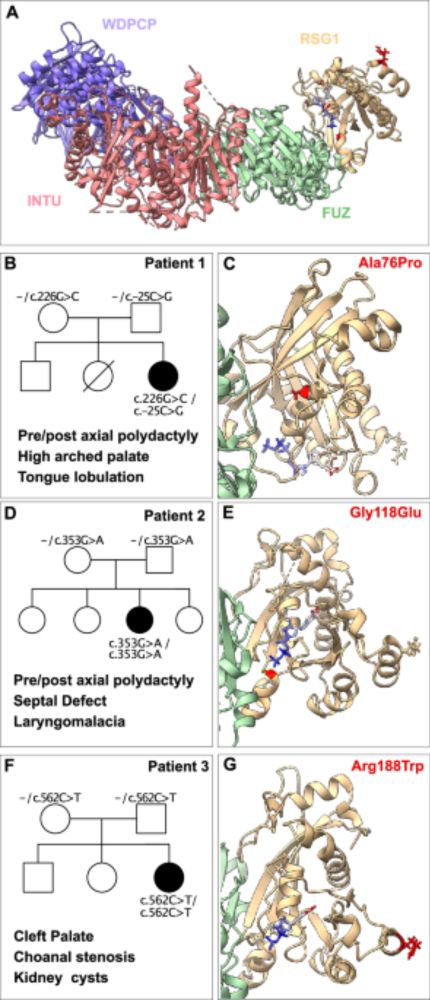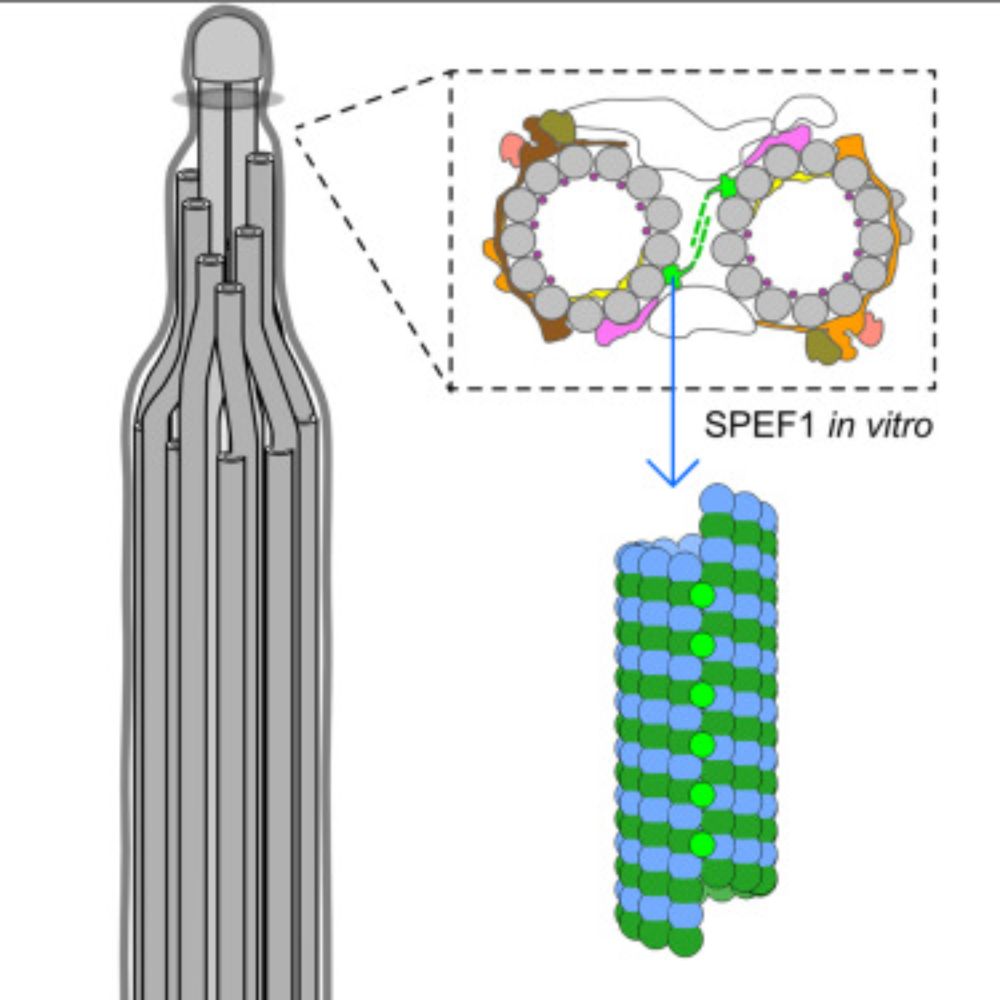Checkout the new preprint from @horanilab.bsky.social 👇
04.11.2025 15:50 — 👍 1 🔁 0 💬 0 📌 0

Happy Halloween everyone! 🎃
31.10.2025 22:10 — 👍 18 🔁 3 💬 0 📌 0

#Actin and #cilia fans, we have a #FREE ACCESS #Review #article available for you in #CYTOSKELETON! The Role of #Microfilaments in Cilia Formation and Function. Read it here for FREE: onlinelibrary.wiley.com/doi/full/10....
08.10.2025 17:55 — 👍 3 🔁 1 💬 0 📌 0

Despite the mess, we are grateful to be funded, have exciting science happening, and have an opening for a postdoc!
If you are interested in sensory biology and esp in cilia, thermosensation, or interoception, and would like to join an interactive & supportive group - please email.
Please RT 🙏
16.10.2025 17:29 — 👍 46 🔁 45 💬 0 📌 3
Polychaete larva cilia currents in timelapse. #sciart #microscopy #plankton
11.10.2025 22:52 — 👍 70 🔁 8 💬 4 📌 0
New research has unravelled the mystery of how microscopic cilia choreograph their “Mexican wave”, enabling marine creatures to swim.
Cilia are tiny, hair-like protrusions found in many organisms. Yet despite decades of research, the mechanisms of cilia coordination remained disputed.
16.10.2025 10:18 — 👍 29 🔁 5 💬 1 📌 0
Our collaboration with @mbonhivers.bsky.social is now out in @plosbiology.org! 🎉Using U-ExM, we mapped the formation of the flagellar pocket collar in T. brucei. Huge thanks to everyone involved — one step closer to #PhDone!
#ExM #oneringtorulethemall #Bilbo1 #trypanosoma #protistsonsky
10.10.2025 18:47 — 👍 37 🔁 11 💬 1 📌 2
European Respiratory Society and American Thoracic Society guidelines for the diagnosis of Primary Ciliary Dyskinesia
Primary ciliary dyskinesia (PCD) is caused by pathogenetic variants in >55 genes. PCD is associated with early-onset chronic wet cough and rhinosinusitis, laterality defects, middle ear disease, and reduced fertility. The clinical presentation is heterogeneous, and diagnosis often relies on multiple tests. The American Thoracic Society (ATS) and European Respiratory Society (ERS) have previously developed separate guidelines for diagnosis. Here, ERS and ATS members systematically reviewed the literature on diagnostic tools used in practice and developed unified evidence-based guidelines for PCD diagnosis using GRADE (Grading of Recommendations, Assessment, Development and Evaluations) methodology, and a transparent process of decision-making using Evidence-to-Decision (EtD) frameworks. The Task Force panel formulated three PICO (Patients, Intervention, Comparison, Outcomes) questions and three narrative questions. The accuracies of high-speed video microscopy (HSVM), immunofluorescence (IF), and nasal nitric oxide (nNO) were compared to a reference test of transmission electron microscopy (TEM) and/or genetics. The panel gives strong recommendation for use of HSVM, IF, and nNO as adjunct tests to TEM and/or genetics for PCD diagnosis. However, no adjunct test is suitable as a standalone test to diagnose PCD and no single adjunct or reference test is suitable to exclude PCD. Pursuing a genetic diagnosis is encouraged due to the implication on management. The panel emphasizes that tests should meet a minimum standard and proposes evaluation of patients at a referral centre experienced in diagnosis. The pretest probability based on symptoms should be considered when interpreting results.
I am excited to share the new PCD diagnostic guidelines.
A great collaboration with PCD experts from all over the world.
publications.ersnet.org/content/erj/...
26.09.2025 12:58 — 👍 4 🔁 2 💬 0 📌 0

It's another NOA day!
So happy and relieved to finally get this. What started out as a crazy idea pitched to the @wu-ciliopathygroup.bsky.social team a couple of years ago is now a fully funded project.
Major thanks to NHLBI for continuing to fund our work on motile ciliopathies 🙏
26.08.2025 21:12 — 👍 42 🔁 2 💬 12 📌 1

BSCB GenSoc UK Cilia and Centrosome Network e-Symposia Series
BSCB GenSoc UK Cilia and Centrosome Network e-Symposia Series
Peak #SummerFun- our amazing line-up for our 52nd @bscb-official.bsky.social @gensocuk.bsky.social @ukcilianetwork.bsky.social e-symposium 19/08/2025 15:00-17:45 is now live! Join us for all things #cilia & #centrosomes- free & open to all. Register for here- www.eventbrite.co.uk/e/1220921258...
29.07.2025 10:12 — 👍 16 🔁 9 💬 1 📌 0
We'll be there 👌
#Cilia2027
29.07.2025 16:56 — 👍 2 🔁 0 💬 0 📌 0
Excited to be involved with this work driven by @dremilygoldberg.bsky.social and her team! Read the preprint now!
"Neutrophil TLR2 signaling promotes lipid accumulation and vascular plaque growth"
15.07.2025 15:47 — 👍 9 🔁 5 💬 1 📌 0
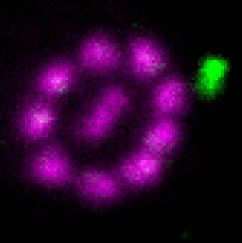

The nucleus is fantastic, but can it beat #cilia and #flagella 😉 here stained for tubulin (magenta) with an intraflagellar transport train (green) after #expansion microscopy and #STED or shown by classic TEM. JCS @jcellsci.bsky.social found the solution and is featuring both! 😍
17.07.2025 09:02 — 👍 33 🔁 7 💬 3 📌 0
Juhi Narula and Sarah Wignall (@sadiewignall.bsky.social) identify a new role for the conserved kinase PLK-1 in suppressing centrosome maturation in oocytes, which surprisingly is opposite to its role in mitosis. rupress.org/jcb/article/...
#CellCycle #Genetics #Cytoskeleton #Development
27.06.2025 18:01 — 👍 17 🔁 6 💬 0 📌 0

Figure showing microtubule-nucleating activity of CDK5RAP2 scaffolds with γ-TuRCs.
Manolo Rios, Jeffrey Woodruff and colleagues use purified human proteins to define the minimal modules for centrosome scaffold assembly and microtubule aster nucleation.
journals.biologists.com/jcs/article/...
08.07.2025 07:50 — 👍 19 🔁 6 💬 0 📌 0

Cilia in the #brain display region-dependent oscillations of length and orientation
by Roudabeh Vakil Monfared, Sherif Abdelkarim, Pieter Derdeyn, Kiki Chen, Hanting Wu, Kenneth Leong, Tiffany Chang, Justine Lee, Sara Versales, Surya M. Nauli, Kevin Beier, Pierre Baldi, Amal Alachkar
In this study, we conducted high-throughput spatiotemporal analysis of primary cilia length and orientation across 22 mouse brain regions. We developed automated image analysis algorithms, which enabled us to examine over 10 million individual cilia, generating the largest spatiotemporal atlas of cilia. We found that cilia length and orientation display substantial variations across different brain regions and exhibit fluctuations over a 24-h period, with region-specific peaks during light-dark phases. Our analysis revealed unique orientation patterns of cilia, suggesting that cilia orientation within the brain is not random but follows specific patterns. Using BioCycle, we identified rhythmic fluctuations in cilia length across five brain regions: the nucleus accumbens core, somatosensory cortex, and the dorsomedial, ventromedial, and arcuate hypothalamic nuclei. Our findings present novel insights into the brain cilia dynamics, and highlight the need for further investigation into cilia’s role in the brain’s response to environmental changes and regulation of oscillatory physiological processes.
Cilia in the #brain display region-dependent oscillations of length and orientation @PLOSBiology.org
15.07.2025 00:09 — 👍 3 🔁 3 💬 0 📌 0

Multiciliated Xenopus embryonic epidermis, highlighting its motile cilia, stained for acetylated alpha-tubulin (cilia; magenta), polyglycylated tubulin (cilia; cyan) and phalloidin (actin; green). Image credit: Micaela Lasser. See Research Report by Teerikorpi et al.
Issue 12 is complete!
On the cover: Multiciliated Xenopus embryonic epidermis, highlighting its motile cilia, stained for acetylated alpha-tubulin (cilia; magenta), polyglycylated tubulin (cilia; cyan) and phalloidin (actin; green). See Teerikorpi et al.
journals.biologists.com/dev/article-...
03.07.2025 07:46 — 👍 6 🔁 1 💬 1 📌 0
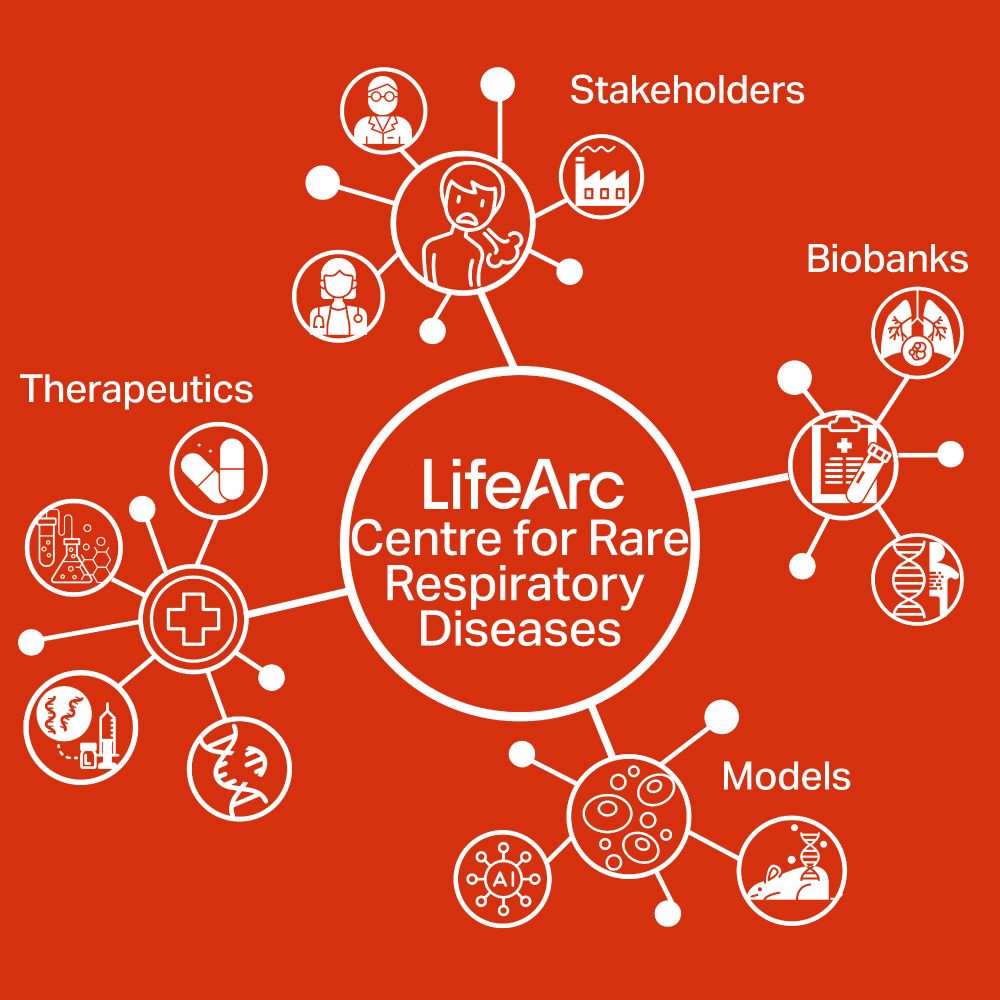
📣 Cilia Lab is growing 📣 - we have 2️⃣ open positions at @uoe-igc.bsky.social @edinburgh-uni.bsky.social for talented and motivated researchers interested in disease modelling & genetic therapies which target #RareRespiratoryDiseases at their root cause. 🧪🧪#ciliopathies #PrimaryCiliaryDyskinesia 1/4
07.07.2025 14:44 — 👍 28 🔁 23 💬 2 📌 1
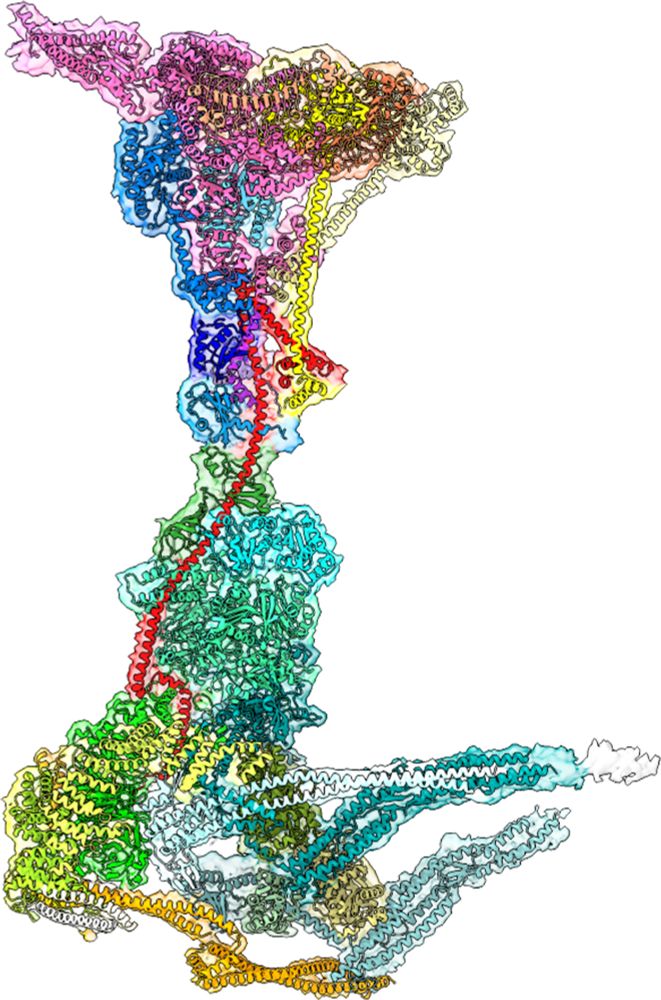
🎉 Congrats to Yanhe, Kangkang, @amirtavakoli.bsky.social, Long & co-authors for revealing the atomic structure of RS3, a Giga-sized complex in motile cilia! A tour de force in #cryoET, #cryoEM, #proteomics & modeling. Out now in Nat Struct Mol Biol! doi.org/10.1038/s415... @CellUtsw
08.07.2025 00:23 — 👍 41 🔁 9 💬 1 📌 0
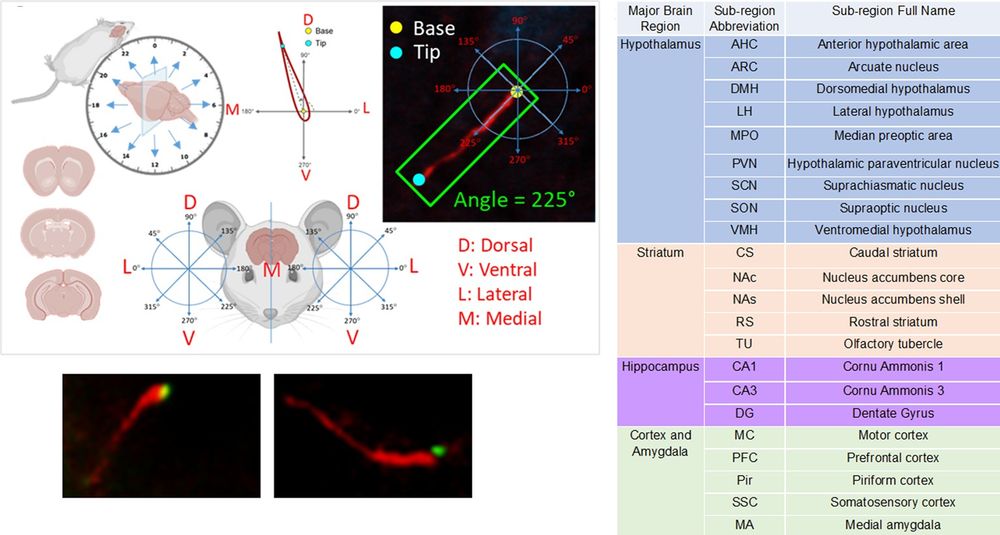
Top left: Schematic Representation: (Top Left) Mice were perfused and harvested at two-hour intervals over a 24-h period. The harvested mice were then sectioned coronally. (Bottom Left) Coronal brain sections at different brain levels. (Top Middle) The ciliary base was defined as the origin of the coordinate system, and the tip of the cilia was labeled. Cilia length was measured from the base to the tips, and the circular angle was determined. (Bottom Middle) The brain section of the mice was divided into left and right hemispheres. For cilia found in the right hemisphere, a counter-clockwise coordinate system was used to determine the circular angle (Right). For cilia found in the left hemisphere, a clockwise coordinate system was used (Left). (Top Right) An example of the angle measurement from cilia found in the right hemisphere. Bottom left: Representative images of immunofluorescence staining showing cilia labeled with the ADCY3 antibody (red) and the basal body (cilia base) labeled with the centrin 1 antibody (green). Right: Brain Regions analyzed for cilia length and angle.
Spatiotemporal analysis of >10 million #PrimaryCilia in 22 mouse #brain regions shows that #cilia have region-specific length & orientation patterns. #Circadian rhythms of cilia length suggest a role for cilia in the brain’s response to environmental changes @plosbiology.org 🧪 plos.io/4lWnfbQ
14.07.2025 08:22 — 👍 20 🔁 7 💬 0 📌 0
The movement of the cilia on this Bryozoa coronate larva is simply mesmerising! See in comments to see it in slo-mo! 🦑 #plankton
11.06.2025 19:35 — 👍 46 🔁 6 💬 4 📌 0
Cilia are the tiny machines that keep your lungs clear from pathogens and other bad stuff!
29.06.2025 16:18 — 👍 2 🔁 0 💬 0 📌 0
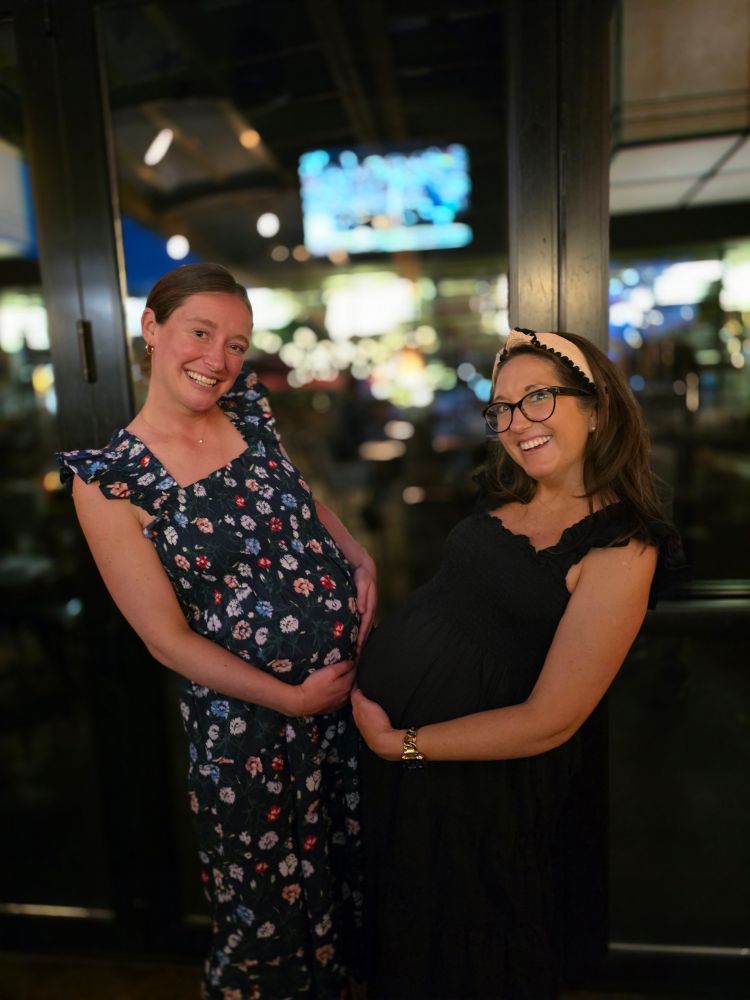
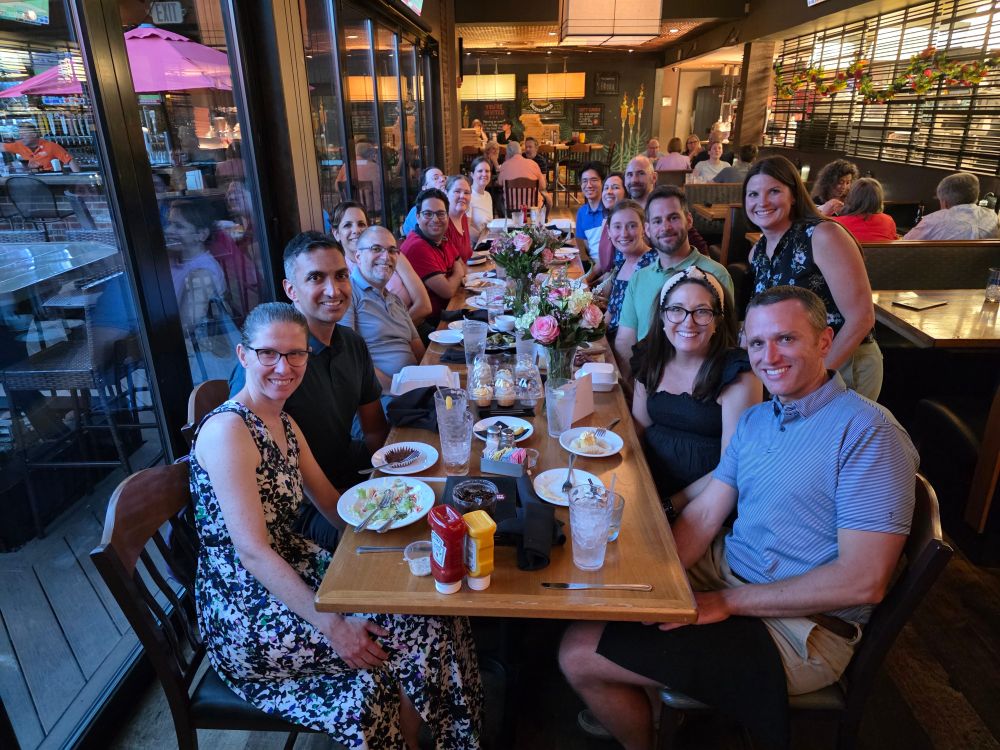
Time to celebrate.. the WASHU PCD Time is excited to see it's rank expand. We wish the expecting moms all the best, and we can't wait to meet the little ones.
27.06.2025 14:50 — 👍 1 🔁 1 💬 0 📌 0
The whole group got together for a summer BBQ, and to celebrate Susan's @dutcherlab.bsky.social election to the NAS 🙌
Great food, better company! 🍻
09.06.2025 16:20 — 👍 8 🔁 1 💬 0 📌 2
Postdoc in the Liu lab, KCL. Dev bio, cilia, neural crest cells, congenital anomaly modelling
Nephrologist. Educator at @kidneyacademy1 . Father of 👶👧, from 🇪🇬. Nephrology Lifelong learner. Youtube: https://youtube.com/@nephromed?si=U5FaQAWe1qQ8zKQz
A collection of chemical reactions busily contemplating existence while avoiding reaching equilibrium. Also, a postdoctoral researcher at Michigan State University.
Mechanobiology Lab sharing research & Lab life 🔬🧪🧬
Adel Al Jord Laboratory - Mechanics of Organelle Remodeling
📍 @crg.eu| Barcelona, Spain 🇪🇸
Cilia addicted group leader at the Institute of Molecular Genetics in Prague.
Decoding how the gut thinks 🦠🪱🧠💪
Neuroscientist with interests in
#EnergyMetabolism #EntericNeurons #Fats
@crick.ac.uk @institutducerveau.bsky.social
Pediatric Rheumatology & Immunology, #immunology, #immunodeficiency, #inbornerrorsofimmunity, #genetics, all opinions my own | https://megancooperlab.wustl.edu
At the junction of optics, neuroscience, ophthalmology and bioengineering.
https://aria.cvs.rochester.edu/our_work/blood_flow.html
PhD and postdoc in medicin/Agenda2030
http://www.educateandhelplocally.eu
instagram: https://www.instagram.com/balticseanews/
youtube: https://www.youtube.com/@finlandiabiosciences
https://nyhetsmagasinetostersjon.webnode.page
sverigeparti.webnode.page/
Scientist working on kidney diseases. Focus on ciliopathies, CKD, and podocytes - private account.
Medicinal Chemistry Researcher👨🏾🔬🔬🇿🇼🇺🇸 | Pharmaceutical Scientist 💊 | PK/PD Modeling💻 | Biotech🧬 | Oncology💉 | O-Chem Tutor🧪 | @UBuffalo @UBmenstennis🎾🦬🤘🏿Alumnus🎓 | Zimbabwean Pro Tennis Player🎾🇿🇼 | Athlete 🚴🏿♂️🏃🏿♂️⌚️👟🇺🇸 | #BillsMafia 🏈🦬
https://linktr.ee/vusumuzihove
Enthusiastic bunch of cell biologists tackling the structure and function of primary cilia and centrosomes for living.
#Masaryk University
#cilia
#centrosome
www.cajaneklab.com
Postdoc in the Heiman Lab at
@BostonChildrens and
@HarvardMed
- Cilia , Development, Neuroscience 🧠,Cell-cell interactions and Imaging 🔬 using C. elegans 🪱
Focused on developing molecular technologies to control cell fate with precise spatiotemporal resolution. Recovering computational geneticist, ex-Altos, ex-eGenesis. Caltech PhD.
Postdoc at IST Austria studying zebrafish development 🦓🐟, wondering how a "ball-shaped egg" ⚽🥚 becomes a "fish-shaped fish" 🐠?
Dev Bio, Biophysics, Soft Matter, Image Analysis🔬 🦠🧫 PhD in ChemE (Uni. Minnesota)
Research Fellow at MGH & Harvard Medical School. Biologist interested in the interplay of the cytoskeleton and signaling pathways particularly within the cilium.
Endocrinologist, cilia chaser
hugheslab.net
Professor Cognitive Psychologist at UMass Dartmouth. She focuses: embodied cognition and Learning
Free access:
https://direct.mit.edu/books/oa-edited-volume/5306/Movement-MattersHow-Embodied-Cognition-Informs
https://embodiedcognitionandlearning.com/














